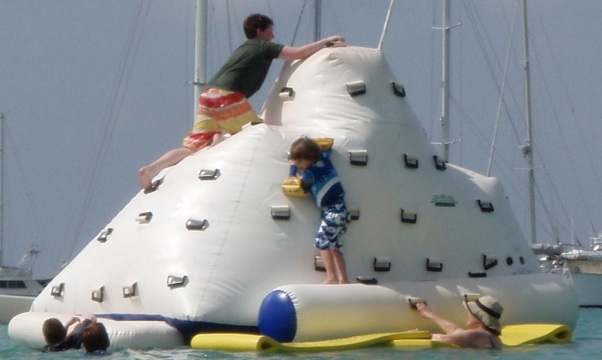Motor Planning is the “Motor IQ” of the individual. Strong motor planning helps a child figure out how to approach new learning tasks. When attempting a relatively new skill, how well a child “motor plans” dictates how easy the process will be. Every child can be taught to throw and catch a ball. How quickly, accurately and the quality of attempts are determined in part by the inherent motor planning a child brings to the activity.
Here is a brief review of components necessary for solid motor planning ability:
- Adequate Core Strength.
- Good feedback loop so the brain feels and learns how the body is moving.
- Feeling touch sensation in a normal way: tactile discrimination develops and comfort with touch.
- No fear or discomfort of movement.
- Comfortable with visual stimuli and sounds.
- Balance is developing.
- Using two hands and both legs in a coordinated way (Bilateral Motor Coordination).
- Coordinating eye and hand movements automatically (Eye Hand Coordination).
- Able to link and follow Motor Sequences.
- Able to execute motor tasks simultaneously.
- Execution of motor task is accurate.
- Able to form an idea of how to go about engaging in an activity.
- Processing and acting upon sensory motor information simultaneously: for example
- talk or sing while moving
- managing multiple sources of sensory information
Each age group has special jobs to do, to make sure motor planning is on track not just for solid athletic ability, but navigating the demands of every day life with ease.
Click below to find out what you can do at each stage of a child’s development to help foster solid motor planning ability:
